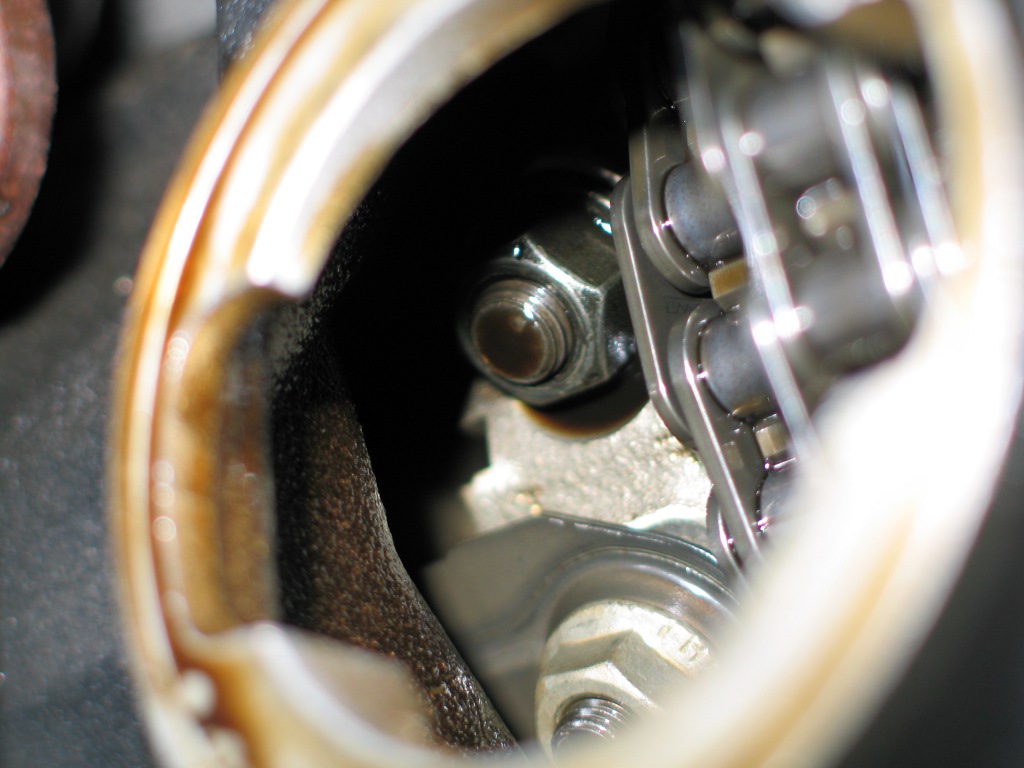Originally Posted By: lonestar
I have an 09 Enclave and thus have kept up with the TC situation as much as possible. I believe all of the 09 Lambda platform vehicles have been issued a supplemental 10 year / 100K mile (whichever occurs first) warranty on the TC. I know I got a letter from GM stating such. Clearly the materials used in the TCs in the pre 2010 3.6DIs were sub-par but other factors contribute to the stretching. The initial OLM programming, assuming conventional oil, was set to run out to 9K to 12K miles. The lead mechanic at one of the Buick dealerships in Dallas told me that people driving these vehicles never give their oil a second thought until the OLM light came one. Then, when convenient (no telling how many more miles they drove), they maybe would get the oil changed. The 3.6DIs use oil and the lead mechanic told me they saw many vehicles coming in down 2 or more quarts of oil when the OLM illuminated. When the oil level drops the TC in the 3.6DI does not get proper lubrication. Additionally, 9K to 12K OCIs was maybe overly optimistic for conventional oil, heck even synthetic oil, in this engine. UOAs on site supports this as well. Literally there were two types of TCs in the pre-2010 3.6DI – those that had failed and those that were going to fail.
So, the OLM was recalibrated (still assuming conventional oil) to try and accomplish two things, 1) hopefully try to keep the engines from getting low on oil due the majority of owners never checking their oil between changes, and 2) avoid oil from getting too contaminated as a result of fuel dilution.
For me my 09 Enclave car has 32K miles and will be 5 years old in Feb. 2014 and to my knowledge has none of the symptoms of the TC issue so far. However, my max OCI on this vehicle has been 4K miles, I am currently running PU, and I use the larger PF63 size oil filter instead of the OEM PF48 size. I check the oil once a week and keep the level at the full mark. In the past I have run M1 (horrible UOA in my engine), Amsoil, Kendall FS w/Titanium, and PU all 5W30.
For me, never again will I purchase a first year car or car with a first year for the engine or transmission.
Chain oil is fed from a passage, and as long as you have oil pressure, even if the sump level is very low (but still above the pickup) then I just don't see how you can starve the chain.





